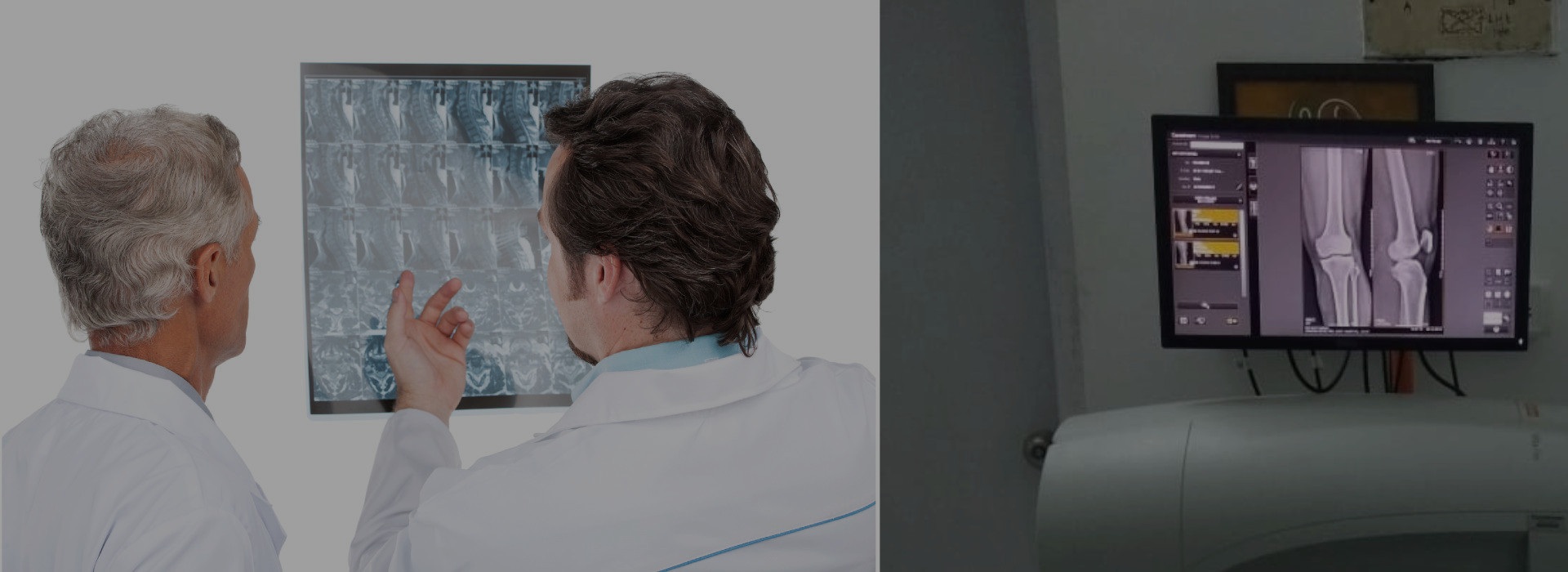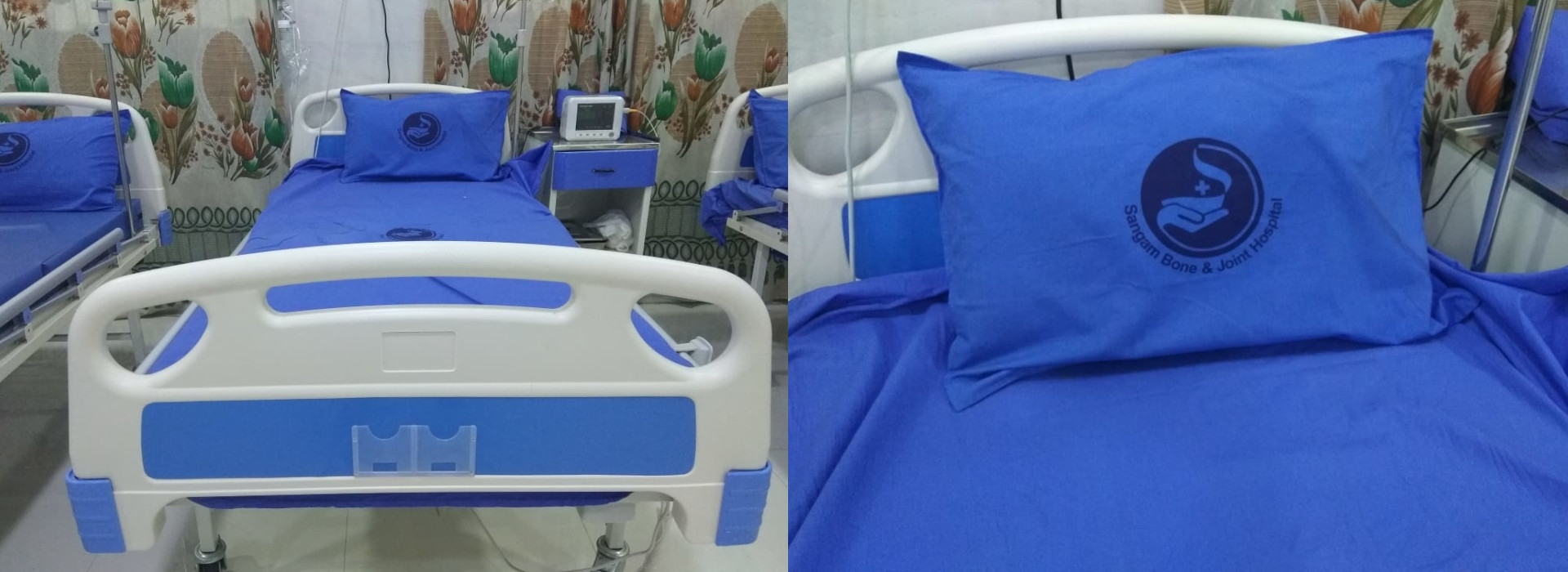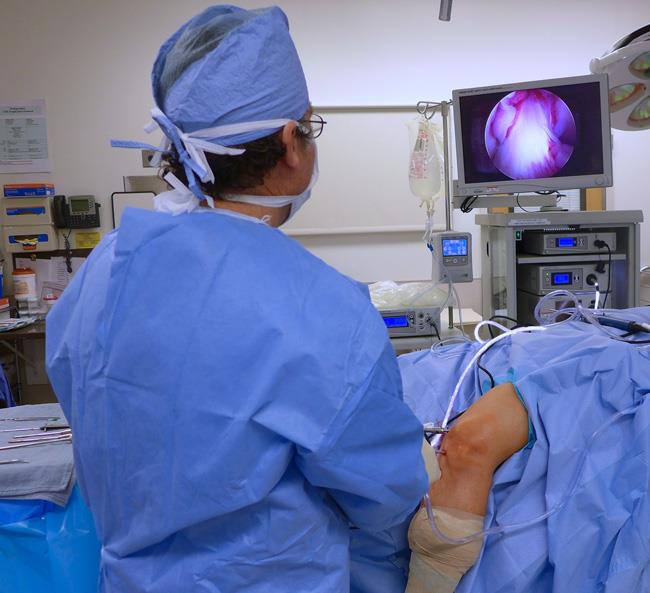Fracture Fixation
When a bone is broken (or fractured) and the pieces are sufficiently out of alignment or potentially unstable, then they need to moved back into position and stabilized. This is sometimes referred to by patients as having the bones “re-set”. The correct term to describe this for orthopaedic surgeons is to perform a “reduction”. This can occur by “closed” means (without using a surgical incision) or as an “open” surgery (a formal surgical procedure that requires an incision).
When treated “closed”, these can often be placed into splints and casts to temporarily immobilize the injury and allow the body to heal it. If the fracture pattern, location or severity does not allow for this to occur, then the “open” surgery is performed to align the bones and provide a mechanism to stabilize them to allow for the appropriate healing.
There are various methods to perform fracture “fixation” and certainly various types of implants that can be considered. These implants are being improved upon very frequently with new technological advancements and with a better understanding of how fractures heal best. The surgical procedures themselves are now becoming more and more minimally invasive as to decrease the overall “trauma” to the area of injury and to protect the local skin and muscles to a much greater extent.




One common term for operative fracture stabilization is called “open reduction internal fixation (ORIF)”. This means that a formal incision is used (Open), the bones are re-aligned (Reduction), and an implant is used (Internal Fixation) to maintain that alignment so the body can naturally heal the fracture. These implants are commonly made of various metals such as titanium and stainless steal. The vast majority of these are designed to stay in the body forever and only are taken out if they are in certain areas that can cause pain in the future.
The implants may include metal plates and metal screws, long hollow rods or nails that fit inside the central portion of the bone, wires and various other scary sounding tools! However, these items allow for the internal stabilization (like an internal cast) while surgically re-aligning the bones. This is important because the bone need to be correctly aligned to not only heal, but to heal without leaving the patient with a significant functional problem once they heal.
The specifics of the surgery and the implants to choose from should be discussed in detail with your orthopaedic surgeon as this will vary depending on the type of injury and the specific location of the fracture within the bone.
Patient Experience
Your care and comfort are our top priorities. We ensure that the patients are well informed prior to every step we take for their benefit and their queries are effectively answered.
Latest Technologies
The Sangam Bone and Joint Hospitals’ team stays up to date on the advancements in medical procedures and technologies. Experience the Future Healthcare Technologies now at Sangam Bone and Joint Hospitals.
Providing Quality Care
Strengthening lives through compassionate care, innovative therapies and relentless efforts. It relentless efforts. It reflects in the DNA of our passionate team of doctors and dedicated clinical staff.
